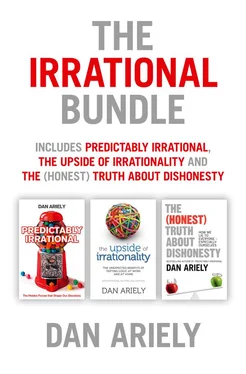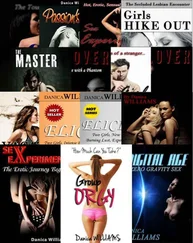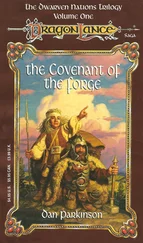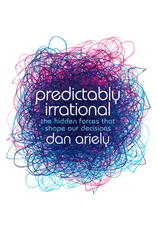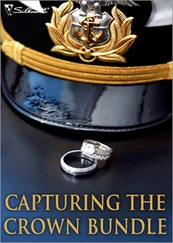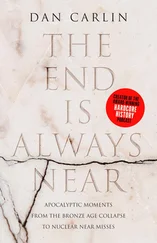With this in mind, Sumi (my lovely wife) and I, readying ourselves for the birth of our first child, Amit, decided to test our mettle before making any decisions about using an epidural. To do this, Sumi plunged her hands into a bucket of ice for two minutes (we did this on the advice of our birth coach, who swore to us that the resulting pain would be similar to the pain of childbirth), while I coached her breathing. If Sumi was unable to bear the pain of this experience, we figured, she’d probably want painkillers when she was going through the actual birth. After two minutes of holding her hands in the ice bucket, Sumi clearly understood the appeal of an epidural. During the birth itself, any ounce of love Sumi ever had for her husband was completely transferred to the anesthesiologist, who produced the epidural at the critical point. (With our second child, we made it to the hospital about two minutes before Neta was born, so Sumi did end up experiencing an analgesic-free birth after all.)
LOOKING FROM ONE emotional state to another is difficult. It’s not always possible; and as Sumi learned it can be painful. But to make informed decisions we need to somehow experience and understand the emotional state we will be in at the other side of the experience. Learning how to bridge this gap is essential to making some of the important decisions of our lives.
It is unlikely that we would move to a different city without asking friends who live there how they like it, or even choose to see a film without reading some reviews. Isn’t it strange that we invest so little in learning about both sides of ourselves? Why should we reserve this subject for psychology classes when failure to understand it can bring about repeated failures in so many aspects of our lives? We need to explore the two sides of ourselves; we need to understand the cold state and the hot state; we need to see how the gap between the hot and cold states benefits our lives, and where it leads us astray.
What did our experiments suggest? It may be that our models of human behavior need to be rethought. Perhaps there is no such thing as a fully integrated human being. We may, in fact, be an agglomeration of multiple selves. Although there is nothing much we can do to get our Dr. Jekyll to fully appreciate the strength of our Mr. Hyde, perhaps just being aware that we are prone to making the wrong decisions when gripped by intense emotion may help us, in some way, to apply our knowledge of our “Hyde” selves to our daily activities.
How can we try to force our “Hyde” self to behave better? This is what Chapter 7 is about.
APPENDIX: CHAPTER 5
A complete list of the questions we asked, with the mean response and percentage differences. Each question was presented on a visual-analog scale that stretched between “no” on the left (zero) to “possibly” in the middle (50) to “yes” on the right (100).
TABLE 1
RATE THE ATTRACTIVENESS OF DIFFERENT ACTIVITIES
| Question |
Nonaroused |
Aroused |
Difference, percent |
| Are women’s shoes erotic? |
42 |
65 |
55 |
| Can you imagine being attracted to a 12-year-old girl? |
23 |
46 |
100 |
| Can you imagine having sex with a 40-year-old woman? |
58 |
77 |
33 |
| Can you imagine having sex with a 50-year-old woman? |
28 |
55 |
96 |
| Can you imagine having sex with a 60-year-old woman? |
7 |
23 |
229 |
| Can you imagine having sex with a man? |
8 |
14 |
75 |
| Could it be fun to have sex with someone who was extremely fat? |
13 |
24 |
85 |
| Could you enjoy having sex with someone you hated? |
53 |
77 |
45 |
| If you were attracted to a woman and she proposed a threesome with a man, would you do it? |
19 |
34 |
79 |
| Is a woman sexy when she’s sweating? |
56 |
72 |
29 |
| Is the smell of cigarette smoke arousing? |
13 |
22 |
69 |
| Would it be fun to get tied up by your sexual partner? |
63 |
81 |
29 |
| Would it be fun to tie up your sexual partner? |
47 |
75 |
60 |
| Would it be fun to watch an attractive woman urinating? |
25 |
32 |
28 |
| Would you find it exciting to spank your sexual partner? |
61 |
72 |
18 |
| Would you find it exciting to get spanked by an attractive woman? |
50 |
68 |
36 |
| Would you find it exciting to have anal sex? |
46 |
77 |
67 |
| Can you imagine getting sexually excited by contact with an animal? |
6 |
16 |
167 |
| Is just kissing frustrating? |
41 |
69 |
68 |
TABLE 2
RATE THE LIKELIHOOD OF ENGAGING IN IMMORAL BEHAVIORS LIKE DATE RAPE (A STRICT ORDER OF SEVERITY IS NOT IMPLIED)
| Question |
Nonaroused |
Aroused |
Difference, percent |
| Would you take a date to a fancy restaurant to increase your chance of having sex with her? |
55 |
70 |
27 |
| Would you tell a woman that you loved her to increase the chance that she would have sex with you? |
30 |
51 |
70 |
| Would you encourage your date to drink to increase the chance that she would have sex with you? |
46 |
63 |
37 |
| Would you keep trying to have sex after your date says “no”? |
20 |
45 |
125 |
| Would you slip a woman a drug to increase the chance that she would have sex with you? |
5 |
26 |
420 |
TABLE 3
RATE YOUR TENDENCY TO USE, AND OUTCOMES OF NOT USING, BIRTH CONTROL
| Question |
Nonaroused |
Aroused |
Difference, percent |
| Birth control is the woman’s responsibility. |
34 |
44 |
29 |
| A condom decreases sexual pleasure. |
66 |
78 |
18 |
| A condom interferes with sexual spontaneity. |
58 |
73 |
26 |
| Would you always use a condom if you didn’t know the sexual history of a new sexual partner? |
88 |
69 |
22 |
| Would you use a condom even if you were afraid that a woman might change her mind while you went to get it? |
86 |
60 |
30 |
CHAPTER 7
The Problem of Procrastination and Self-Control
Why We Can’t Make Ourselves Do
What We Want to Do
Onto the American scene, populated by big homes, big cars, and big-screen plasma televisions, comes another big phenomenon: the biggest decline in the personal savings rate since the Great Depression.
Go back 25 years, and double-digit savings rates were the norm. As recently as 1994 the savings rate was nearly five percent. But by 2006 the savings rate had fallen below zero—to negative one percent. Americans were not only not saving; they were spending more than they earned. Europeans do a lot better—they save an average of 20 percent. Japan’s rate is 25 percent. China’s is 50 percent. So what’s up with America?
I suppose one answer is that Americans have succumbed to rampant consumerism. Go back to a home built before we had to have everything, for instance, and check out the size of the closets. Our house in Cambridge, Massachusetts, for example, was built in 1890. It has no closets whatsoever. Houses in the 1940s had closets barely big enough to stand in. The closet of the 1970s was a bit larger, perhaps deep enough for a fondue pot, a box of eight-track tapes, and a few disco dresses. But the closet of today is a different breed. “Walk-in closet” means that you can literally walk in for quite a distance. And no matter how deep these closets are, Americans have found ways to fill them right up to the closet door.
Читать дальше
